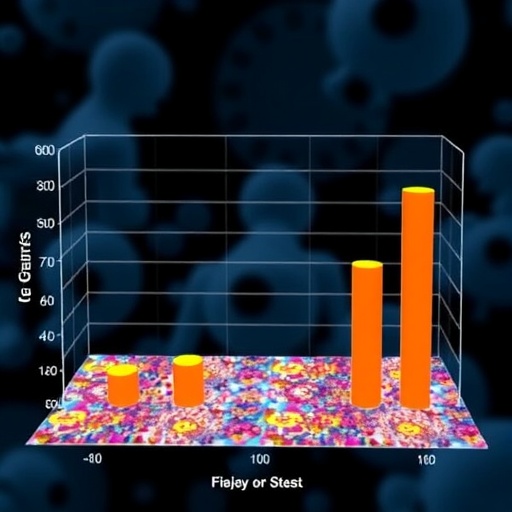A publication in Nature Partner Journals (npj) Vaccines indicates that post-exposure prophylaxis with LepVax, IDRI's leprosy vaccine candidate, not only appears safe but, unlike BCG (a tuberculosis vaccine that provides some protection against leprosy), alleviates and delays the neurologic disruptions caused by Mycobacterium leprae infection in nine-banded armadillos. This is an important finding because armadillos are the only other host of M. leprae that closely recapitulates many of the structural, physiological and functional aspects of leprosy observed in humans, including progressive and irreversible nerve damage.
Characterized by the World Health Organization as a "neglected tropical disease," leprosy (also known as Hansen's disease) is caused by Mycobacterium leprae. Nearly a quarter of a million people are diagnosed with leprosy each year, with the infection progressing to cause disfiguration of the skin and mucous membranes as well as progressive and irreversible nerve damage. While drug therapy exists for leprosy, it must be taken for many months, has many side effects and often is given too late to prevent the damage caused by the bacterial infection that leads to lifelong disability.
"This report demonstrates the selection and advancement of the first defined subunit vaccine – LepVax — developed specifically for leprosy," said Malcolm Duthie, PhD, a senior scientist at IDRI. IDRI and The National Hansen's Disease Laboratories (NHDP), under a research agreement with the National Institute of Allergy and Infectious Diseases (NIAID), a component of the National Institutes of Health, conducted mouse experiments to demonstrate that the vaccine is immunogenic and can interrupt M. leprae infection. They also developed cutting edge neurological methods in nine-banded armadillos that were used to evaluate the effect of LepVax on nerve injury as an innovative advance to the field. "Our results indicate that post-exposure immunization in nine-banded armadillos was not only safe but limited and delayed nerve damage," Duthie added.
In stark contrast to BCG, which precipitated rapid and severe motor nerve conduction abnormalities in previously infected armadillos, motor nerve injury was appreciably delayed in armadillos treated three times at monthly intervals with LepVax. The data supported a successful Investigational New Drug (IND) application with the U.S. Food & Drug Administration, allowing advancement of LepVax into a Phase 1 clinical trial in humans in the U.S.
###
"These data highlight the need for continued leprosy research and the importance of both private and public funding as we seek new solutions for neglected tropical diseases, such as leprosy," said Duthie. This research was funded by grants from the American Leprosy Missions, Order of Malta (MaltaLep), The Heiser Program for Research in Leprosy and Tuberculosis of The New York Community Trust, Renaissance Health Service Corporation, and a National Institutes of Health, National Institute of Allergy and Infectious Diseases supported interagency agreement with the Health Resources and Services Administration's National Hansen's Disease Program (AAI15006-004-00000).
About IDRI: As a nonprofit global health organization, IDRI (Infectious Disease Research Institute) takes a comprehensive approach to combat infectious diseases, combining the high-quality science of a research organization with the product development capabilities of a biotech company to create new diagnostics, drugs and vaccines. Founded in 1993, IDRI has 125 employees headquartered in Seattle with nearly 100 partners/collaborators around the world. For more information, visit http://www.idri.org.
Media Contact
Lee Schoentrup
[email protected]
206-858-6064
http://www.idri.org
http://www.idri.org/publication-details-promising-leprosy-vaccine/




